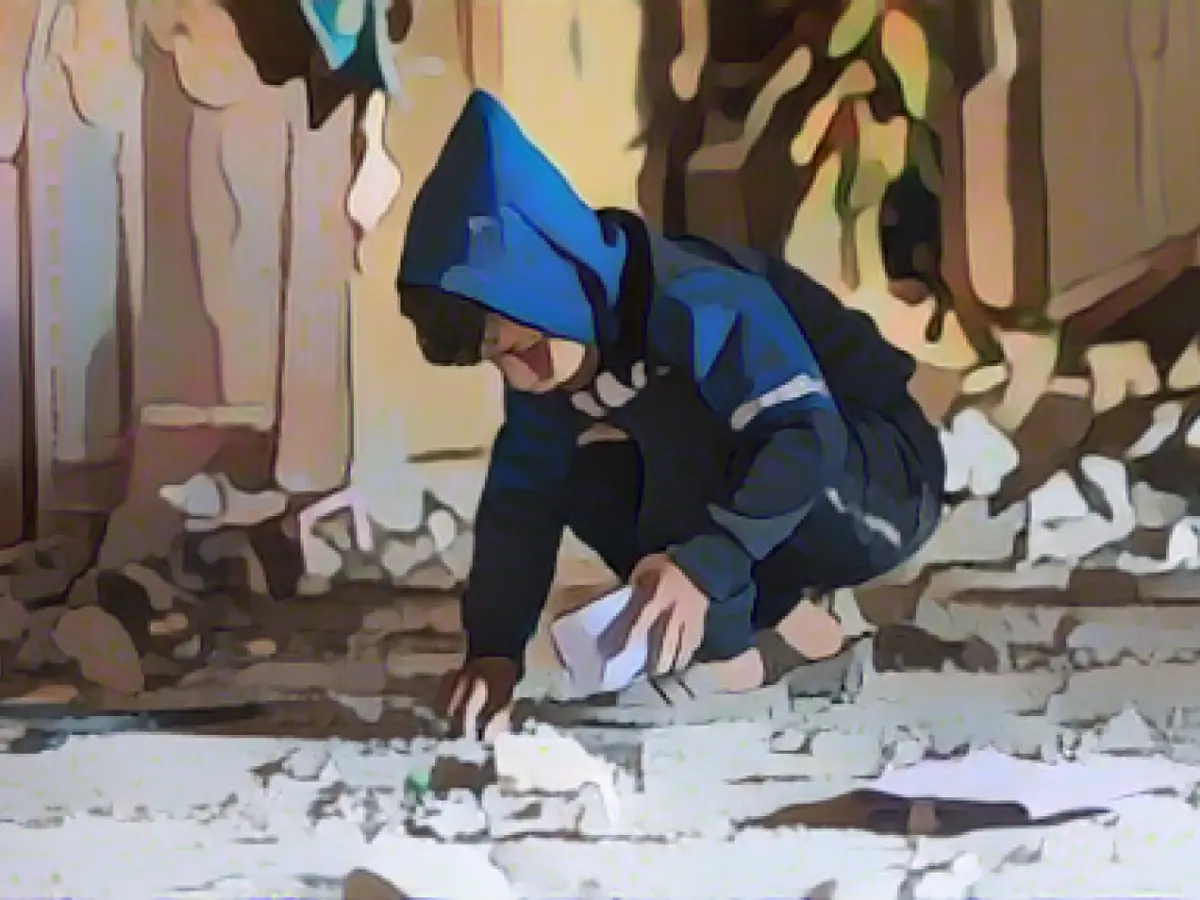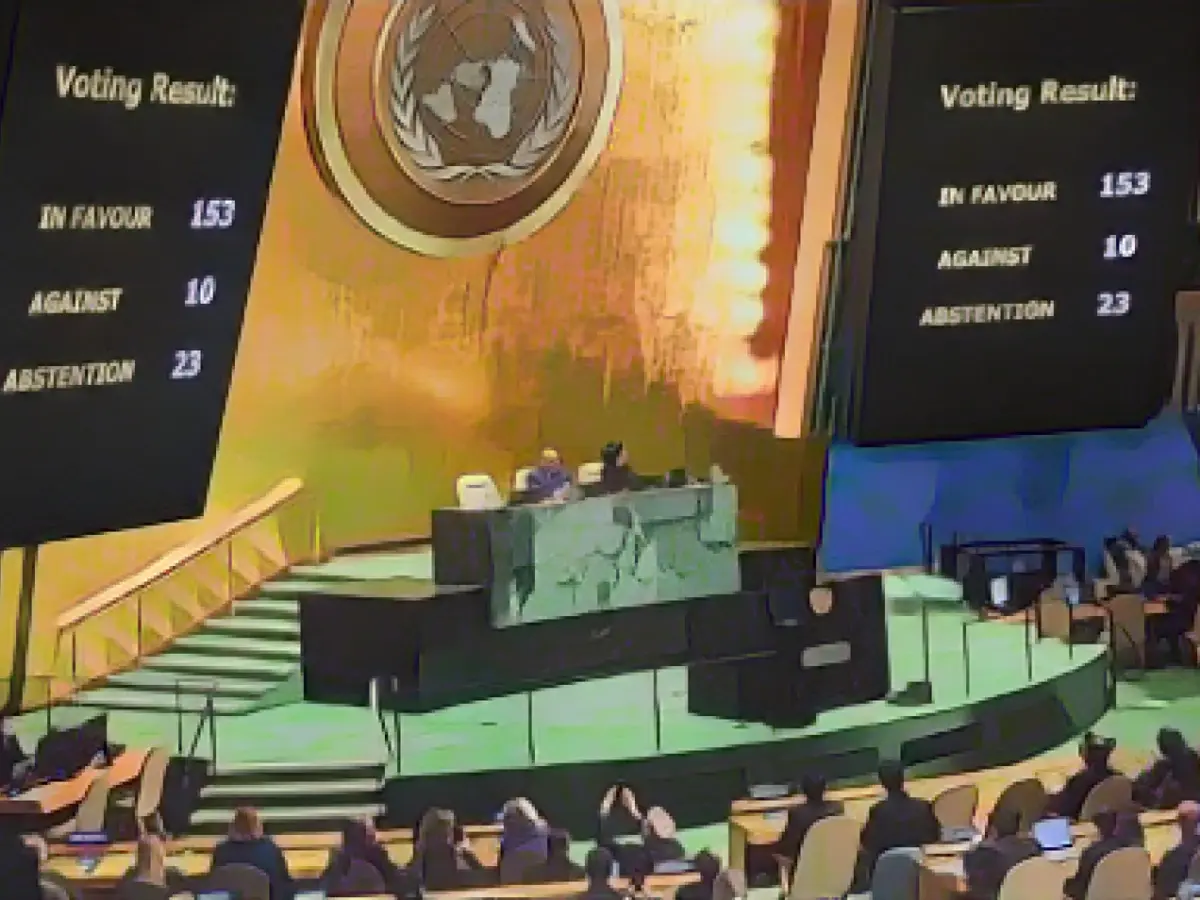Unlocking World Heritage Status for Ludwig II's Palaces: A Journey Through Bavarian Majesty
The landscape of Bavaria in Germany is about to ascend to unparalleled glory, as the state dives headfirst into the World Heritage application process for King Ludwig II's majestic castles. This monumental venture, named "Built Dreams," has gathered momentum with the formal endorsement of Finance Minister Albert Füracker and Art Minister Markus Blume (both from the CSU party). The pair recently pledged their support at the Conference of Culture Ministers, setting the stage for an enchanting adventure towards securing status from United Nations Educational, Scientific and Cultural Organization (UNESCO).
The Ministries unveiled this thrilling announcement just days ago, revealing that Neuschwanstein, Linderhof, Schachen, and Herrenchiemsee will be the royal dwellings at the center of attention. The Foreign Office will handle the submission of the application in Paris by February 1, 2024, and while no official vote has been cast, the World Heritage Committee is expected to convene in summer 2025 to make a final decision.
Thus, it seems that Bavaria's star is about to shine brighter than ever before. With the promise of a "premium label," castles such as Neuschwanstein will reach a new level of international prestige, drawing millions of ardent admirers across cultural boundaries. As the castles have stood the test of time for nearly 150 years, they have left an unbroken impression on the cultural landscape of Germany.
Minister President Markus Söder (CSU) has publicly expressed his support and enthusiasm for this undertaking, expressing his belief in their earning of this notable title. This effervescent admiration for Ludwig II's palaces extremely echoes Albert Füracker's sentiment, who believes they truly represent the history and culture of the state. Furthermore, Markus Blume highlights the palaces' connection to the legacy of a grand visionary and technological pioneer.
These museums of days gone by are not just historically significant, but their contemporary appeal is a testament to their enduring mystique. Munich, Schwangau, and Herrenchiemsee are all perceived as hidden gems among the wealth of cultural offerings in Germany. To this end, other UNESCO World Heritage Sites in the country include impressive examples like the Zollverein Coal Mine Industrial Complex in Essen and Augsburg's water management system. Weimar, showcasing two remarkable features: the Bauhaus design school and the "Classical Weimar" ensemble, which includes Goethe's residence, is an incredibly diverse cultural tapestry.
As a part of the world's rich cultural heritage, the "Built Dreams" project has been in Germany's World Heritage proposal list since 2015. Indeed, residents in Schwanau in the Allgäu region went as far as endorsing a World Heritage application for Neuschwanstein Castle in a public referendum in June, providing further encouragement and support.
Bavaria maintains a pivotal role in this monumental undertaking, thinking not just of the economic rewards and tourism hype but also of the historical and cultural preservation of Ludwig II's palaces. These castles are undoubtedly akin to royal fetishisms that have gripped the world for nearly two centuries. Munich, the creative heart of Bavaria, is a frontrunner for successfully advocating for the World Heritage status of these palaces, which pay homage to the legacy of this great patron of technology and the enchanting visionary, Ludwig II.
UNESCO World Heritage Application Process
While the in-depth timeline for King Ludwig II's castles is still under wraps, it's helpful to learn about the standard UNESCO World Heritage application process:
- Identification and Nomination:
- The first phase requires countries to identify their significant cultural and natural sites, adding them to a Tentative List. This is the foundation for further World Heritage nomination[1].
- Nomination File:
- A comprehensive Nomination File is essential to submit the site for consideration, detailing its historical, cultural, and environmental significance, along with preservation and management plans.
- Evaluation:
- Expert organizations like the International Council on Monuments and Sites (ICOMOS) and the International Union for Conservation of Nature (IUCN) evaluate the site based on UNESCO’s criteria, ensuring its authenticity, integrity, and comprehensiveness of representation and protection plans.
- Decision:
- The World Heritage Committee gathers annually to review the presented nominations and make selections based on the evaluations. Successful site additions make their way onto the coveted World Heritage List.
In conclusion, the enigmatic journey towards UNESCO World Heritage status for Ludwig II's palaces is an exciting venture. While the specific timeline for these palaces remains a mystery, one may expect the process to unfold as a natural evolution of identifying, nominating, and evaluating the site until finally, the World Heritage Committee makes its decision.








